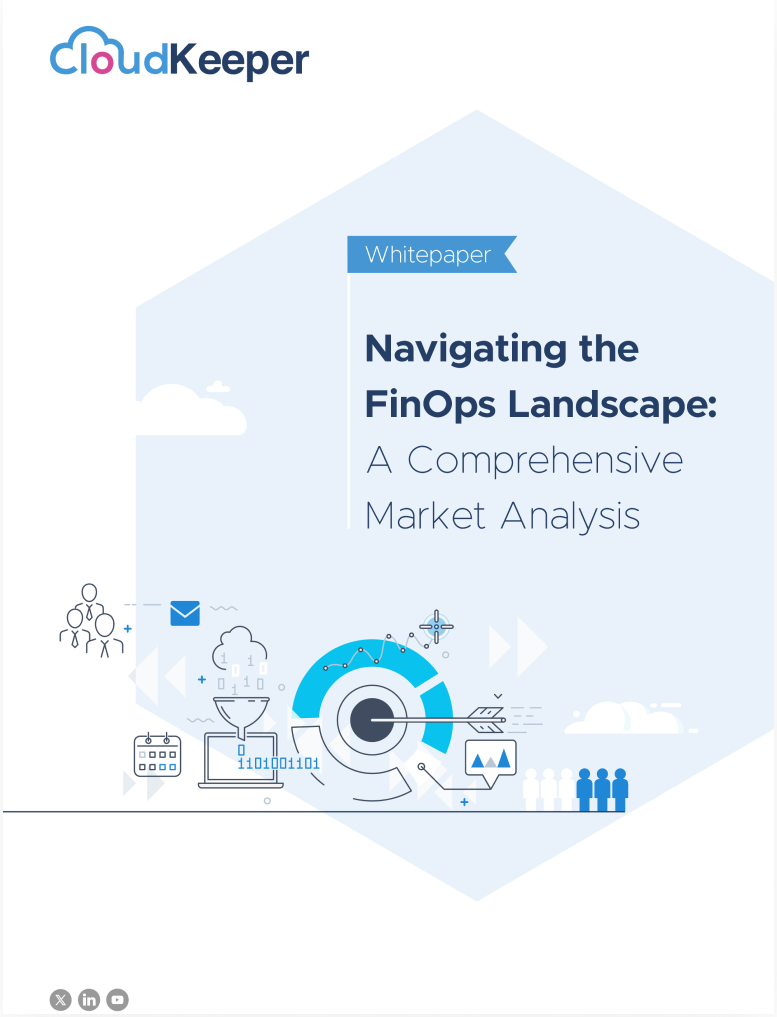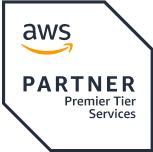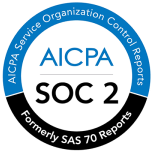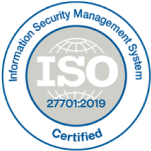In recent years, cloud computing has become the solution of choice for businesses of all sizes, promising greater flexibility, scalability, and cost efficiency. However, there are some misconceptions about cloud costs that can lead to unexpected expenses and budget overruns. This article addresses and debunks these misconceptions and provides insight on how to overcome them to effectively optimize cloud costs.
Cloud is always cheaper than on-premises infrastructure
One of the most common misconceptions is that moving to the cloud automatically guarantees cost savings. The cloud offers the following potential cost advantages, but the actual cost savings depend on many factors, for example, lower initial investment and operating costs. These include workload characteristics, usage patterns, data transfer costs, and the level of optimization implemented. It is crucial to perform a thorough cloud cost analytics exercise and compare the total cost of ownership, to make an informed decision.
Cloud providers will automatically optimize costs for you
Cloud providers offer a range of tools and services to help optimize cloud costs, but the responsibility for cost optimization ultimately lies with the user. Cloud providers may offer recommendations and suggestions based on usage patterns, but it's essential for businesses to actively monitor their resources, and right-size instances, leverage cost-saving mechanisms like reserved instances or spot instances, and continuously perform cloud infrastructure management.
1. Utilize automation and orchestration: Automation plays a crucial role in optimizing costs. By automating routine tasks, businesses can reduce manual errors, optimize resource provisioning, and ensure that resources are only active when needed. Utilize tools like auto-scaling, auto-start/stop schedules, and infrastructure-as-code to dynamically adjust resources based on demand, thereby helping optimize cloud costs.
2. Implement tagging and resource grouping: Cloud providers allow you to assign tags to resources, enabling you to categorize and track costs based on different dimensions such as departments, projects, or applications. By using tags effectively, you can gain granular visibility into resource costs and allocate expenses accurately, allowing for better cloud spend optimization and resource management.
3. Leverage cost analysis and monitoring tools: Cloud providers offer cost analysis and monitoring tools that provide detailed insights into resource consumption and associated costs. Utilize these tools to identify cost trends, spot anomalies, and gain a better understanding of the factors driving your cloud costs. This information can help you make informed decisions regarding resource allocation and identify areas for cost optimization.
4. Take advantage of spot instances and reserved instances: Cloud providers offer pricing options like spot instances (unused capacity available at a significantly reduced cost) and reserved instances (prepaid instances for a specific term at a discounted rate). By leveraging these options intelligently, you can significantly reduce costs, especially for non-critical workloads or long-term commitments.
5. Consider multi-cloud or hybrid cloud strategies: It's worth exploring multi-cloud or hybrid cloud strategies to optimize costs further. By distributing workloads across multiple cloud providers or combining on-premises infrastructure with cloud resources, businesses can take advantage of competitive pricing, leverage specific service offerings, and maintain cost efficiency.
6. Continuously evaluate and optimize resource utilization: Regularly review your resource usage patterns to identify underutilized instances or idle resources. Right-size your instances by selecting the appropriate instance types and sizes based on workload requirements. By optimizing resource utilization, you can minimize costs while ensuring optimal performance.
7. Engage with cloud provider support and cost optimization programs: Cloud providers often offer support and cost optimization programs to assist businesses in optimizing their cloud costs. Take advantage of these resources, consult with their experts, and participate in cost optimization initiatives to stay updated on best practices and leverage provider-specific cloud spend optimization tools.
All cloud services are priced the same across providers
Cloud services are not priced uniformly across different providers. Each provider has its own pricing model, instance types, and additional service charges, so it's important to compare costs between providers for effective cloud infrastructure management. Additionally, pricing structures can be complex, with various factors such as data transfer, storage, data processing, and additional services affecting the overall cost. Before choosing a cloud provider, it's important to understand pricing models, research pricing calculators, and consider your workload's specific needs.
1. Diverse pricing models: Cloud providers offer different pricing models, such as pay-as-you-go, spot instances, reserved instances, and committed use discounts. These models vary in terms of commitment levels, payment structures, and flexibility. Understanding the pricing models of different providers is essential to determine which one aligns best with your workload and cloud spend optimization goals.
2. Varied instance types and sizes: Cloud providers offer a wide range of instance types with varying specifications and performance capabilities. Each provider may have its own unique instance types, such as general-purpose, memory-optimized, or GPU-based instances. The pricing for these instances can differ significantly, and choosing the right instance type that meets your workload requirements can impact cost efficiency.
3. Additional service charges: Cloud providers often offer additional services beyond basic computing and storage, such as database services, content delivery networks, machine learning services, and analytics tools. These services typically have their own pricing structures, which can vary between providers. It's important to consider the costs associated with these additional services when comparing pricing across providers.
4. Data transfer costs: Transferring data into and out of the cloud can incur additional charges. Cloud providers may have different pricing tiers for data transfer within their networks and between different regions. The volume of data transferred and the distance between regions can impact the overall cost. Analyzing data transfer patterns and understanding the pricing structure for data transfer is crucial to optimize cloud costs.
5. Storage costs: Cloud providers charge for storing data in their infrastructure, and the pricing can differ based on the storage type (e.g., object storage, block storage, archival storage) and the volume of data stored. Some providers offer tiered pricing based on storage usage levels, while others may have different pricing tiers for different storage classes. Evaluating your storage requirements and understanding the pricing variations is important to determine the most cost-effective option.
6. Data processing and other service-specific costs: Depending on the type of workload and the services utilized, cloud providers may charge for data processing, API requests, load balancing, monitoring, and other service-specific features. These costs can vary between providers, and understanding the pricing structure for these additional services is an important aspect of cloud cost analytics.
7. Research and utilize pricing calculators: Cloud providers typically provide pricing calculators or cost estimation tools that allow you to input your workload specifications and get an estimate of the associated costs. Utilize these tools to compare costs across providers, considering the various factors mentioned above. These calculators can help you make an informed decision by providing a comprehensive view of the expected expenses.
Cloud costs are static and predictable
Cloud costs can fluctuate based on factors such as resource usage, demand spikes, and pricing model changes. Workloads with unpredictable or highly variable usage patterns can lead to unexpected cost spikes. It is important to regularly monitor usage and costs, leverage automation and autoscaling capabilities, and implement effective cloud spend optimization strategies to ensure costs are predictable and within budget.
Cloud services are always billed accurately
Cloud providers strive to maintain accurate billing practices, but errors can still occur. Improperly terminated instances, improperly configured autoscaling rules, or improper resource allocation can lead to high costs. Businesses should regularly check their bills, monitor resource usage, and adopt cloud infrastructure management tools that provide detailed insight into resource consumption. By proactively managing and validating billing information, organizations can quickly identify and resolve billing discrepancies
1. Accurate billing: While cloud providers strive for accurate billing practices, errors can still occur due to various factors. Regularly checking your bills helps ensure that you are being charged correctly for the resources and services you are utilizing.
2. Identifying improperly terminated instances: Improperly terminated instances, whether due to technical issues or human error, can continue to accrue charges unnecessarily. Monitoring your resource usage and checking your bills allows you to identify any instances that have not been properly terminated and take appropriate action.
3. Managing autoscaling: Autoscaling is a valuable feature that automatically adjusts resource allocation based on demand. However, improperly configured autoscaling rules can lead to unnecessary resource usage and increased costs. Monitoring resource usage and analyzing billing information can help identify any autoscaling issues and optimize cloud costs.
4. Resource allocation: Ensuring proper resource allocation is crucial for cloud spend optimization. Checking your bills and monitoring resource usage allows you to identify over or under-utilized resources and make necessary adjustments to optimize resource allocation, thereby avoiding unnecessary costs.
5. Cost variations: Cloud providers may have different pricing for their services based on the geographical location of the data centres or regions. Prices can vary based on factors such as infrastructure costs, local regulations, energy costs, and market demand.
6. Regional price variations: Pricing variations can occur between different regions within a cloud provider's network. Some regions may have higher or lower prices compared to others, depending on factors like local competition, demand, and infrastructure availability. These factors must be accounted for in cloud cost analytics.
7. Data transfer costs: Data transfer between regions or data centers may incur additional charges. Cloud providers often charge for both incoming and outgoing data transfer, and costs can vary based on the distance between the locations.
8. Cost savings: Cloud providers offer reservation options, such as Reserved Instances (RIs) or Savings Plans, which allow users to commit to using specific resources over a certain period. Reservations offer discounted rates compared to on-demand pricing, resulting in significant cost savings over time.
9. Upfront payments: Reservations typically involve upfront payments, where users pay a lump sum or a partial upfront amount to secure the discounted rates. The upfront payment contributes to the overall cost savings but requires an initial financial commitment.
10. No upfront options: Some cloud providers offer "no upfront" reservation options, where users can still benefit from discounted rates without making any upfront payments. Instead, the discounted pricing is distributed over the duration of the reservation term.
11. Term commitments: Reservations come with term commitments, ranging from one to three years, depending on the cloud provider and the specific reservation type. Users commit to using the reserved resources for the duration of the term to avail of the discounted rates.
Conclusion:
Cloud computing undoubtedly offers significant benefits, but cloud spend optimization requires careful consideration and proactive action. By dispelling common misconceptions about cloud costs and implementing effective cost optimization strategies, organizations can maximize the potential of the cloud while controlling budgets. Regular monitoring, right-sizing, cloud cost analytics, leveraging cost-saving mechanisms, cross-vendor price comparisons, and bill verification are key steps to a successful, cost-effective cloud journey.
When it comes to saving cloud costs, it is wiser to partner with Cloud FinOps experts to help you out. CloudKeeper, an AWS FinOps Solution Provider, has delivered 20% AWS cost savings on an average to 300+ companies. Talk to us today!









